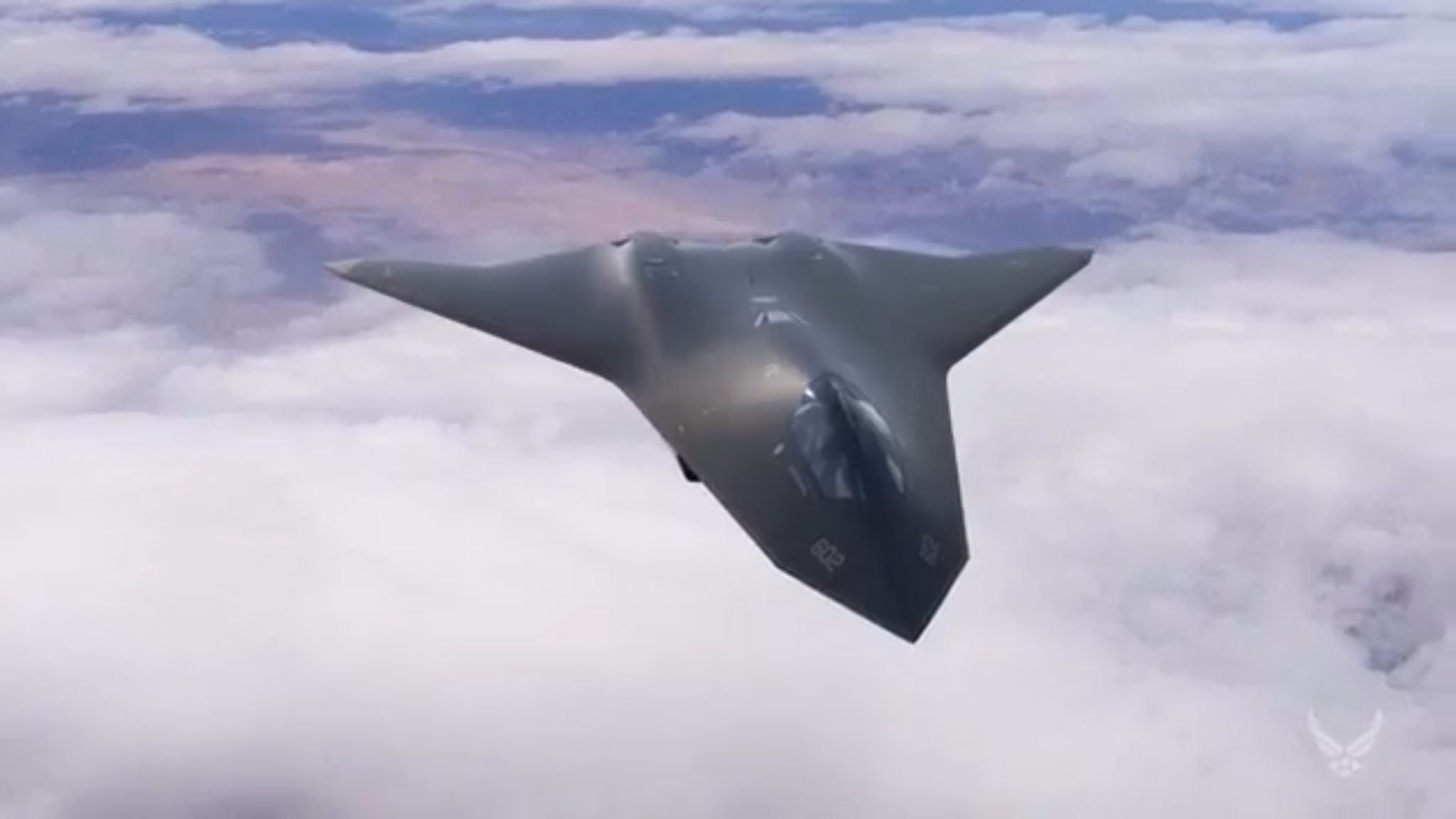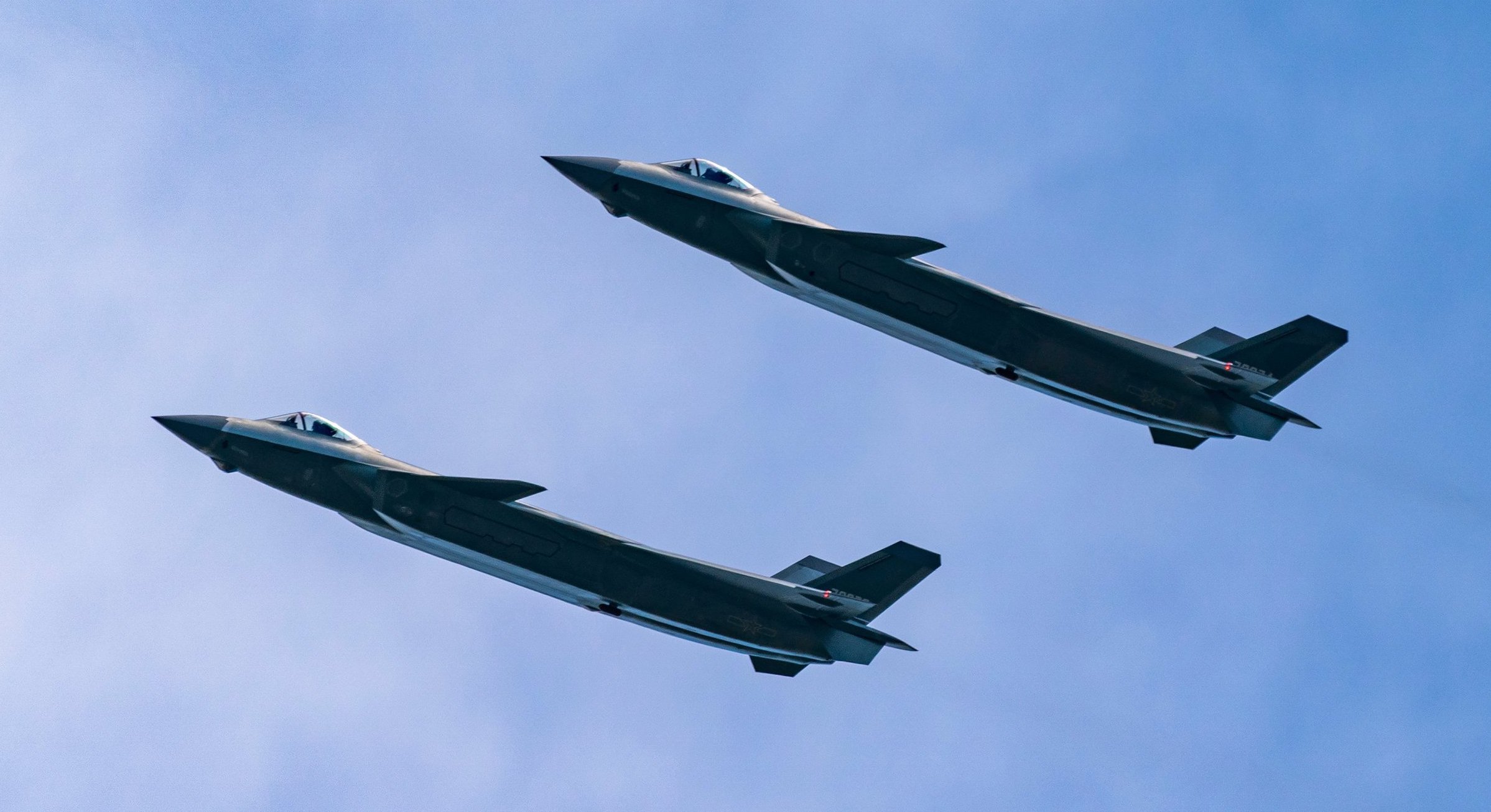The US and its principal adversary China are competing with each other in arming their future fighter jets with new-age weapons. US defense giant Lockheed Martin is reportedly developing a mini-version of The High Energy Laser with Integrated Optical-dazzler and Surveillance (HELIOS), small enough to be fitted in a fighter jet.
The HELIOS, which is being developed for the US Navy, is to be deployed aboard an Arleigh Burke-class guided-missile destroyer by the end of 2021.
According to military experts, the US’ sixth-generation fighter jet, called NGAD or Next Generation Air Dominance fighter, could be the potential host of the shrunken laser system.
Laser Technology
A laser system has many advantages as it provides more accuracy than a gun and offers “unlimited munition” compared with the limited number of missiles being carried by a fighter jet.
Calling it the next-generation leap, Tony Wilson, a Lockheed Martin F-35 test pilot, said that “a sixth-gen fighter should be one where we not only take stealth and sensor integration, but we start adding things like directed energy weapons, drone swarm control,” National Interest reported.
According to experts, lasers could potentially make the traditional air-to-air dogfighting obsolete, since a fighter with a laser weapon could destroy a target instantly without having the need to do a follow-up shot.
However, an aerial laser is much more delicate and complex than a ground-based laser system, especially when they’re attached to a supersonic fighter jet. Operating aboard a jet, a laser weapon would require more amounts of electricity and regular maintenance due to passing through dust, water, and ice particles.
HELIOS is more than a laser — it’s the first acquisition program to deploy a laser to protect U.S. sailors.
Read more about these capable, agile systems: https://t.co/8Gn2RN9HIO pic.twitter.com/gka7jPlIab
— Lockheed Martin (@LockheedMartin) August 25, 2020
The current laser in question is the HELIOS, which Lockheed Martin describes as “more than just a high energy laser. The HELIOS system’s multi-mission capabilities include long-range Intelligence, Surveillance, Reconnaissance (ISR) and Counter UAS-mounted ISR (C-ISR) Dazzler”.
The EurAsian Times reported on a similar effort put by the US Air Force, which has planned to bank on Lockheed Martin’s SHIELD laser system, planned to be flown on tactical fighters within the next five years.
The US NGAD
Under the Next Generation Air Dominance (NGAD) program, the US Air Force (USAF) is developing a “family of systems” to attain air superiority by the 2030s and evolve the propulsion, stealth, and advanced weapon technology. The multi-role stealth fighter remains the pivot of NGAD.

The EurAsian Times earlier reported that the US is developing the NGAD fighter to match the realities of the Indo-Pacific, which has become the central point in the US’ strategic and foreign policy.
The recently revealed details suggest that the jet will oversee the USAF operations in East Asian and European theatres.
The US conducted the first flight test of a prototype last year in September, and since then very few details have been made public.
Asian F-35: South Korean KF-21 Fighter Jet Hogs Global Limelight After Key Partner Rejoins Program
At the USAF fiscal 2022 budget, Air Force Chief of Staff, General Charles Q. Brown defined “air dominance” as the primary role of the jet “but will be able to strike ground targets as well”.
Since directed-energy weapons require more electrical power than what today’s fighters can generate, Lockheed could not offer the laser as an upgrade for existing fourth and fifth-generation fighters.
Thus, the futuristic NGAD remains a potential host of next-generation technology.
Moreover, the US plans to retire the current fleet of -15C/D, F-15E, A-10, and F-22 fighters by the 2030s, making way for a new air superiority fighter: NGAD to fly along the F-15EX, F-35, and F-16.
China’s Laser Weapon
The US fifth-generation stealth fighters F-35 and F-22 Raptors are currently head-to-head with China’s J-20. The third country to have a fifth-generation stealth jet is Russia, which has the Su-57.
The two arch-rivals remain in the race to mobilize a squadron of sixth-generation aircraft. Chinese state-run Global Times reported that the People’s Liberation Army-Air Force (PLAAF) is eyeing building its own next-generation fighter jets by 2035.
Now it seems that the race to build “laser fighters” has taken shape.
Last year, Beijing invited defense contractors to provide information on the development of an airborne laser pod, Popular Mechanics reported. A laser pod is different from a fighter jet with a laser but essentially provides similar functions — defending against incoming missile threats and attacking enemy aircraft and ground forces.

However, China is planning to mount the airborne laser pod on its warplanes like the fifth-generation J-20 ‘Mighty Dragon’ or the J-15 carrier-based fighter which would effectively make them futuristic “killer machines”.
US Laser Weapons Vs Chinese Swarm Drones: Can China Overwhelm The US With Sheer Numbers?
The aerial laser pods with lower power could disable or shoot down air-to-air missiles while the high-power lasers have the capability of destroying the enemy aircraft itself or defend against ballistic missiles.
While both China and the US are yet to develop such technologies, last month, Israel became the first country in the world to use aerial laser weapons to shoot down hostile drones.




